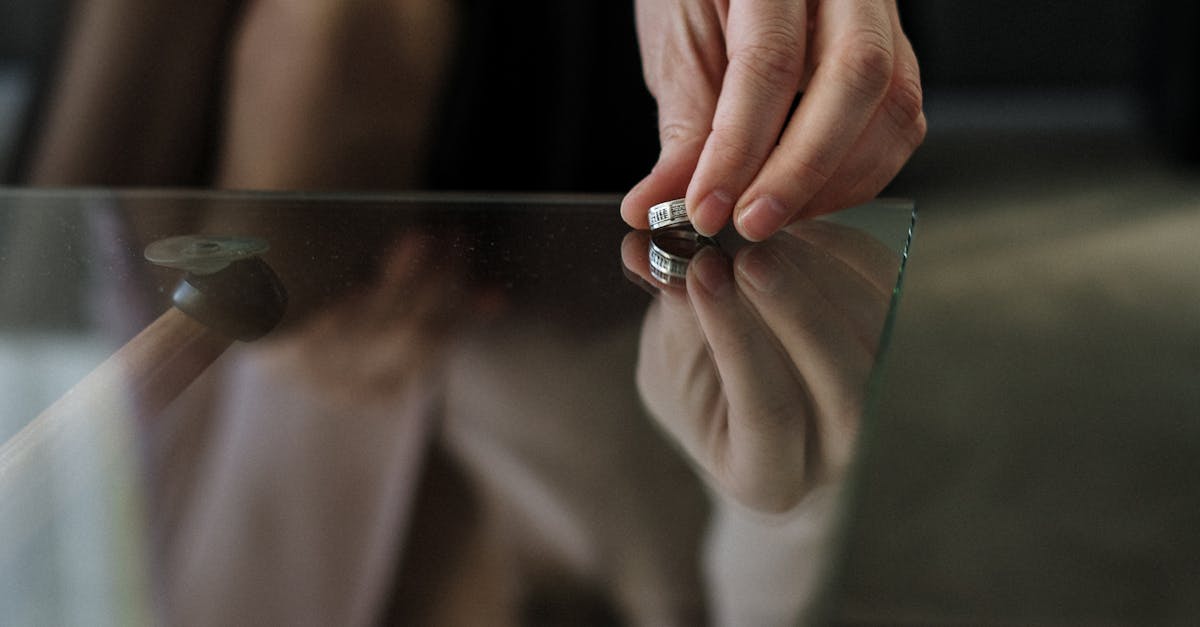
Table Of Contents
Challenges in Utilising Business Design Models
Implementing and utilising business design models can present several challenges for organisations. One common obstacle encountered is the resistance to change from stakeholders within the company. Business Model Design in Carlton, Melbourne, requires collaboration and perspective shifts from various departments and employees, which can be met with reluctance and pushback. Individuals may be comfortable with current processes and hesitant to embrace new methodologies, impeding the successful integration of innovative business design models.
Another challenge faced in utilising business design models is the lack of clear communication and stakeholder engagement. In Business Model Design in Carlton, Melbourne, it is crucial for all parties involved to be actively engaged and informed throughout the development and implementation phases. Without effective communication channels and engagement strategies, misunderstandings and misinterpretations can arise, leading to confusion and hindering the seamless adoption of the new business design model.
Resistance to Change
Resistance to change is a common challenge faced when implementing new business design models. This reluctance can stem from employees feeling uncertain about the proposed changes and how it will impact their roles within the organisation. For instance, in a case study of Business Model Design in East End Theatre District, Melbourne, employees were resistant to adopting a new customer-centric approach as it required them to shift their focus and responsibilities.
Moreover, resistance to change can also be fuelled by a fear of the unknown. Employees may feel apprehensive about the implications of the new business design model on their daily tasks and overall work environment. In the context of Business Model Design in East End Theatre District, Melbourne, employees expressed concerns about the additional workload that may arise from the proposed changes. Addressing these fears and uncertainties through effective communication and training can help alleviate resistance and foster a smoother transition to the new business design model.
Steps to Develop a Business Design Model
Developing a business design model is a crucial process that requires careful planning and strategic thinking. In the context of the vibrant East End Theatre District in Melbourne, creating a successful business design model entails several key steps. Firstly, it is essential to conduct thorough market research to understand the needs and preferences of the target audience. This information will serve as the foundation for designing a business model that aligns with the demands of the local market and sets the theatre district up for success.
After gathering market insights, the next step in developing a business design model for the East End Theatre District in Melbourne is to identify strategic partnerships and collaborations. By forging strong relationships with local businesses, artists, and community stakeholders, the theatre district can enhance its offerings and create a unique value proposition. Collaborations can also help in expanding the reach of the district and attracting a wider audience, thereby driving growth and sustainability. Business Model Design in East End Theatre District, Melbourne relies heavily on these strategic steps to ensure its viability and competitiveness in the dynamic entertainment industry.
Stakeholder Engagement
Stakeholder engagement is vital in the success of business model design. In the case of the Business Model Design in East End Theatre District, Melbourne, engaging with stakeholders such as theatre owners, performers, local government officials, and members of the community is crucial for developing a comprehensive and inclusive model. This process ensures that all relevant parties have a say in the design and implementation of the business model, leading to greater buy-in and support from those involved.
Additionally, stakeholder engagement fosters collaboration and co-creation, allowing different perspectives and ideas to be integrated into the business model design. By actively involving stakeholders in the decision-making process, the Business Model Design in East End Theatre District, Melbourne can benefit from a more holistic and well-rounded approach that takes into account the diverse needs and priorities of all stakeholders. This inclusive and participatory method of engagement not only enhances the quality of the business design model but also builds stronger relationships and trust among all parties involved.
Examples of Successful Business Design Models
Successful business design models can be found in various industries, showcasing innovative approaches to addressing market needs and challenges. One notable example is Airbnb's Business Model Design in East Melbourne, Melbourne. Airbnb revolutionised the hospitality industry by connecting travellers with unique accommodation options offered by individuals, establishing a sharing economy platform that caters to a wide range of preferences and budgets. By leveraging technology and changing consumer behaviours, Airbnb disrupted traditional hotel offerings and created a new market segment that continues to thrive globally.
Another example of a successful business design model is the approach taken by innovative tech companies such as Google. With a focus on user experience and data-driven decision-making, Google has developed a robust ecosystem of products and services that seamlessly integrate into users' daily lives. By prioritising innovation and continuous improvement, Google has maintained its competitive edge in a rapidly evolving market landscape, setting the benchmark for business model design in the tech sector and beyond.
Airbnb's Business Model
Airbnb's Business Model has transformed the landscape of the hospitality industry with its innovative approach to accommodation. Based on the concept of the sharing economy, Airbnb connects travellers with hosts who offer unique lodging options, ranging from private rooms to entire homes and even treehouses. The platform has successfully capitalised on the growing trend of travellers seeking authentic and personalised experiences at competitive prices. Operating globally, Airbnb's Business Model Design in Carlton, Melbourne reflects its commitment to providing a diverse range of accommodation options for users, catering to various preferences and budgets.
With its user-friendly interface and secure payment system, Airbnb has redefined the way people book accommodation, offering a convenient and flexible alternative to traditional hotels. The company's success lies in its ability to leverage technology to create a seamless booking process while fostering a sense of community and trust among its users. By facilitating direct communication between hosts and guests, Airbnb has blurred the lines between providers and consumers, establishing a unique marketplace that prioritises personal connections and shared experiences. Business Model Design in Carlton, Melbourne exemplifies Airbnb's dedication to creating a dynamic ecosystem that promotes collaboration and mutual benefit amongst all stakeholders involved.
FAQS
What is a business design model?
A business design model is a framework that outlines the key components of a business, including its value proposition, target market, revenue streams, and resources required to deliver products or services.
Why is it important to develop a business design model?
Developing a business design model helps businesses to clearly define their strategy, identify potential risks, and align various elements of the business to achieve their goals effectively.
How can businesses overcome resistance to change when implementing a new business design model?
Businesses can overcome resistance to change by involving employees in the design process, providing adequate training and support, and communicating the benefits of the new model to all stakeholders.
Can you provide an example of a successful business design model?
One example of a successful business design model is Airbnb's innovative approach to the hospitality industry, which connects hosts and guests through an online platform, disrupting the traditional hotel industry.
What role does stakeholder engagement play in developing a business design model?
Stakeholder engagement is crucial in developing a business design model as it ensures that the needs and expectations of all relevant parties, including customers, employees, and investors, are taken into consideration during the design process.


